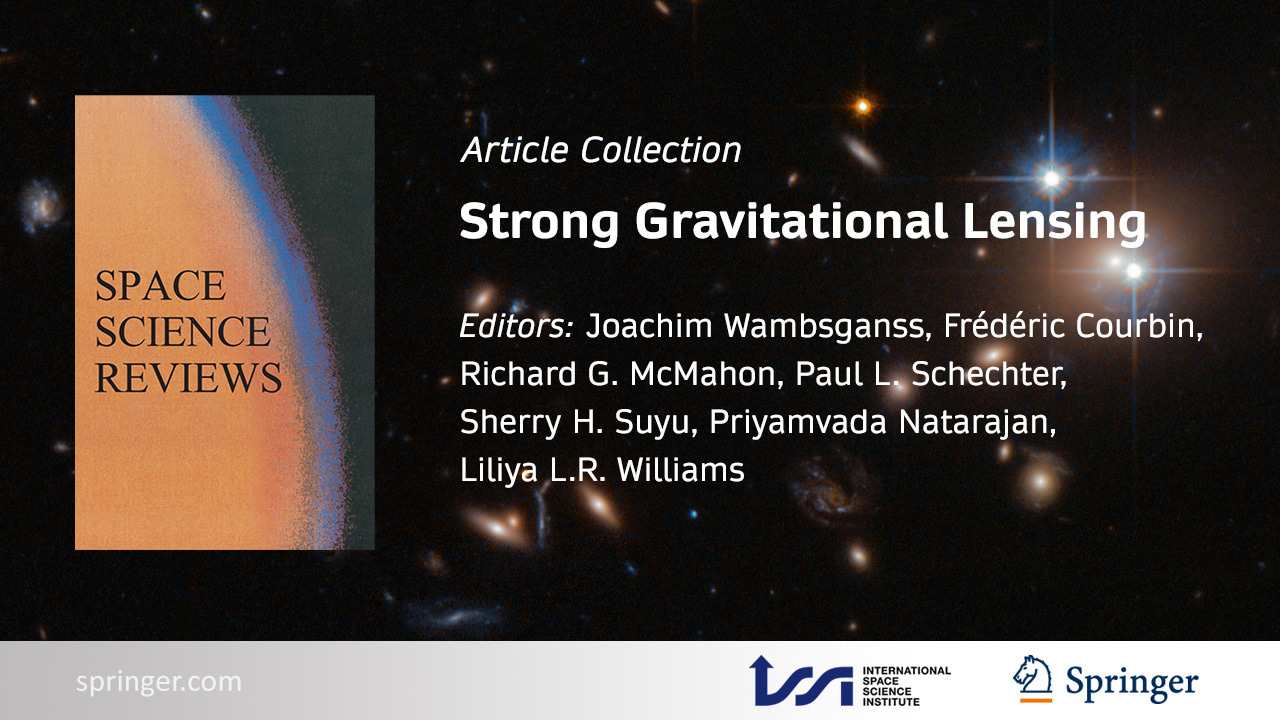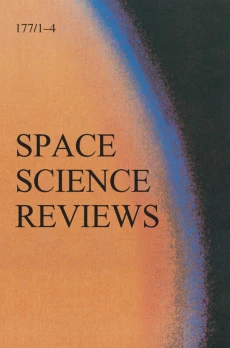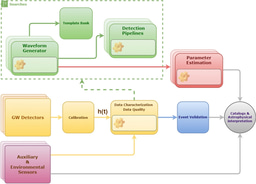Strong Gravitational Lensing
Published in Astronomy

The first gravitationally lensed quasar — the double Q0957+561A,B — was discovered more than 45 years ago, by now about 400 multiply imaged quasars are known. New developments in recent years make the topic of “strong gravitational lensing” very timely and open up new routes for exploration, e.g. the discovery of gravitationally lensed supernovae, the new controversy about the Hubble constant, and in particular the data releases of the ESA Gaia mission which allowed to discover many new strongly lensed objects due to the all-sky coverage — opening up a multitude of new roads for exploration.
This open-access collection, edited by Joachim Wambsganss, Frédéric Courbin, Richard G. McMahon, Paul L. Schechter, Sherry H. Suyu, Priyamvada Natarajan & Liliya L.R. Williams presents results from the ISSI Workshop "Strong Gravitational Lensing", held 18–22 July 2022, which aimed to take stock of the considerable progress in our understanding of many aspects of strong gravitational lensing that has been made in the last decade.
Please, start reading the editors' introduction: Wambsganss, J., Courbin, F., McMahon, R.G. et al. Strong Gravitational Lensing – Editorial. Space Sci Rev 221, 77 (2025). https://doi.org/10.1007/s11214-025-01205-2
Follow the Topic
-
Space Science Reviews

This is an international journal on scientific space research, with emphasis on scientific results and instruments in the fields of astrophysics, physics of planetary systems, solar physics, and physics of magnetospheres & interplanetary matter.






Please sign in or register for FREE
If you are a registered user on Research Communities by Springer Nature, please sign in